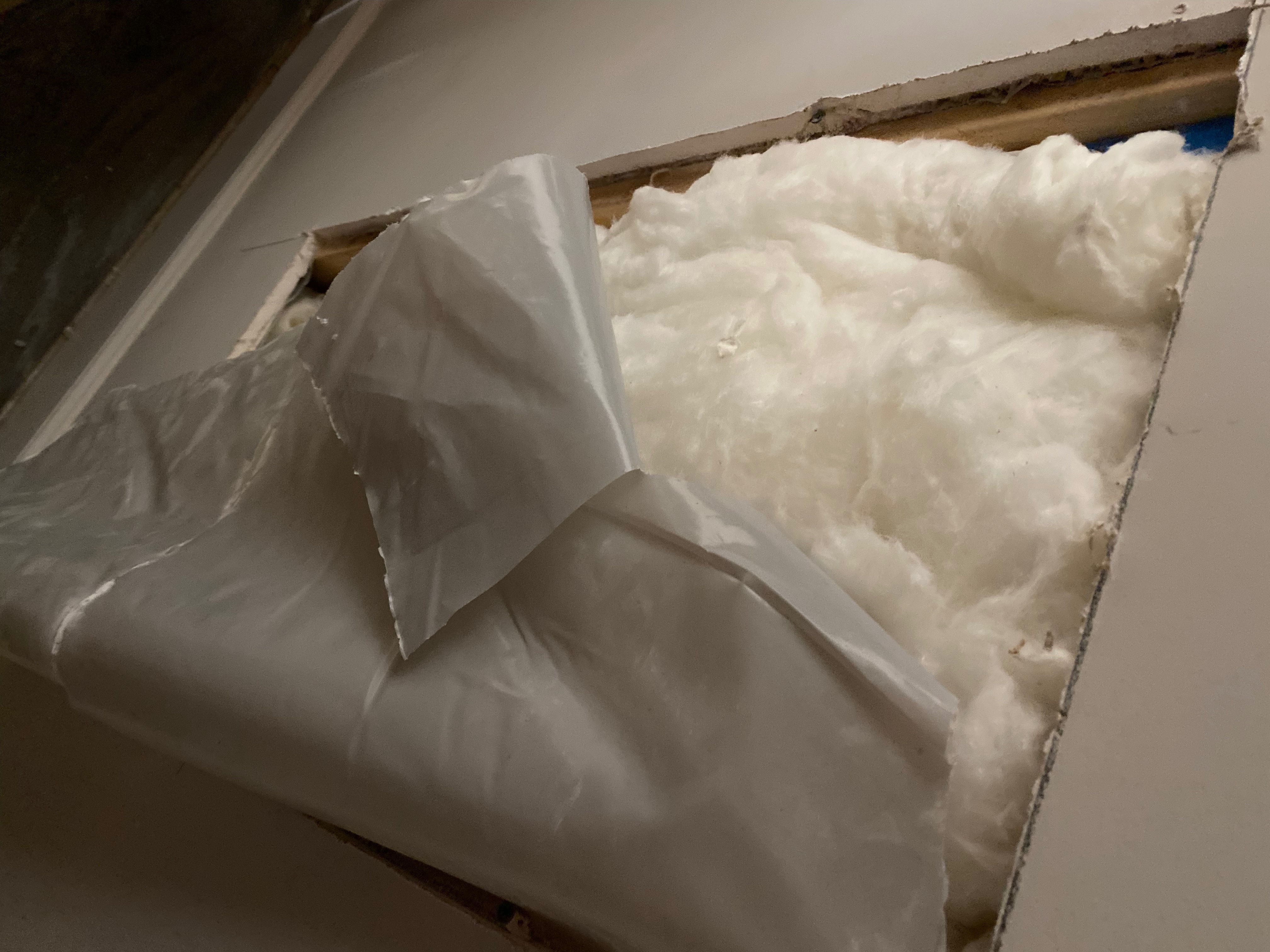With the proviso that I have no experience with these materials whatsoever, and that I could be completely wrong about what follows: If the slightest little bit of moisture gets into that cellulose, then you’re gonna start growing mold & mildew, which means that your wine will effectively be surrounded by wet rotten cardboard, and that strikes me as an environment which would be more than happy to start producing chlorine compounds such as Tri-Chloro-Anisole.
Just doing some cursory reading on the subject indicates that cellulose is “perfectly fine” as long as it is “installed correctly” by “people who know what they’re doing” and who actually care about the final product.
But so far, it appears that you’ve been dealing with people who don’t know what the heck they’re doing, and don’t give a damn about the final product.
In tropical rain forests such as the state of Georgia, a glass-based product, like Owens-Corning pink, seems as thought it would VASTLY MORE RESISTANT to growing mold & mildew than would be cellulose.
Cellulose might be fine in, say, Arizona, or New Mexico, or California, but I would be deeply skeptical about introducing cellulose into the tropical rain forest.
PS: I may have misunderstood one of the comments above, but I would never mess with a slab if it were touching grade, and especially I would never try to alter a slab if it were below grade.
Even just at grade, a slab, which is merely touching soil, ought to offer cooling value in the summer, and heating value in the winter. [Obviously I’m assuming that the slab is covered by a roof, and is not subjected to sunlight.]
A slab, particularly when it’s below grade, is a natural root cellar; relatively cool in the summer, and relatively warm in the winter.
PS: I really ought to confess that I SMDH every time I glance at one of these wine cellar threads, because invariably they are riddled with anti-Physics anti-Chemistry anti-Materials-Science nonsense.
It’s almost like reading a nutrition forum where a bunch of psychosomatic hypochondriacs are quarreling about vitamin pills.
I’m starting to conclude that the wine-cellar-building industry in general is roughly on an ethical par with the snake oil salesmen in the nutritional supplement business.
And at this point, I suppose you could throw pretty much the entirety of the Pharmaceutical Industrial Complex in there with them.
